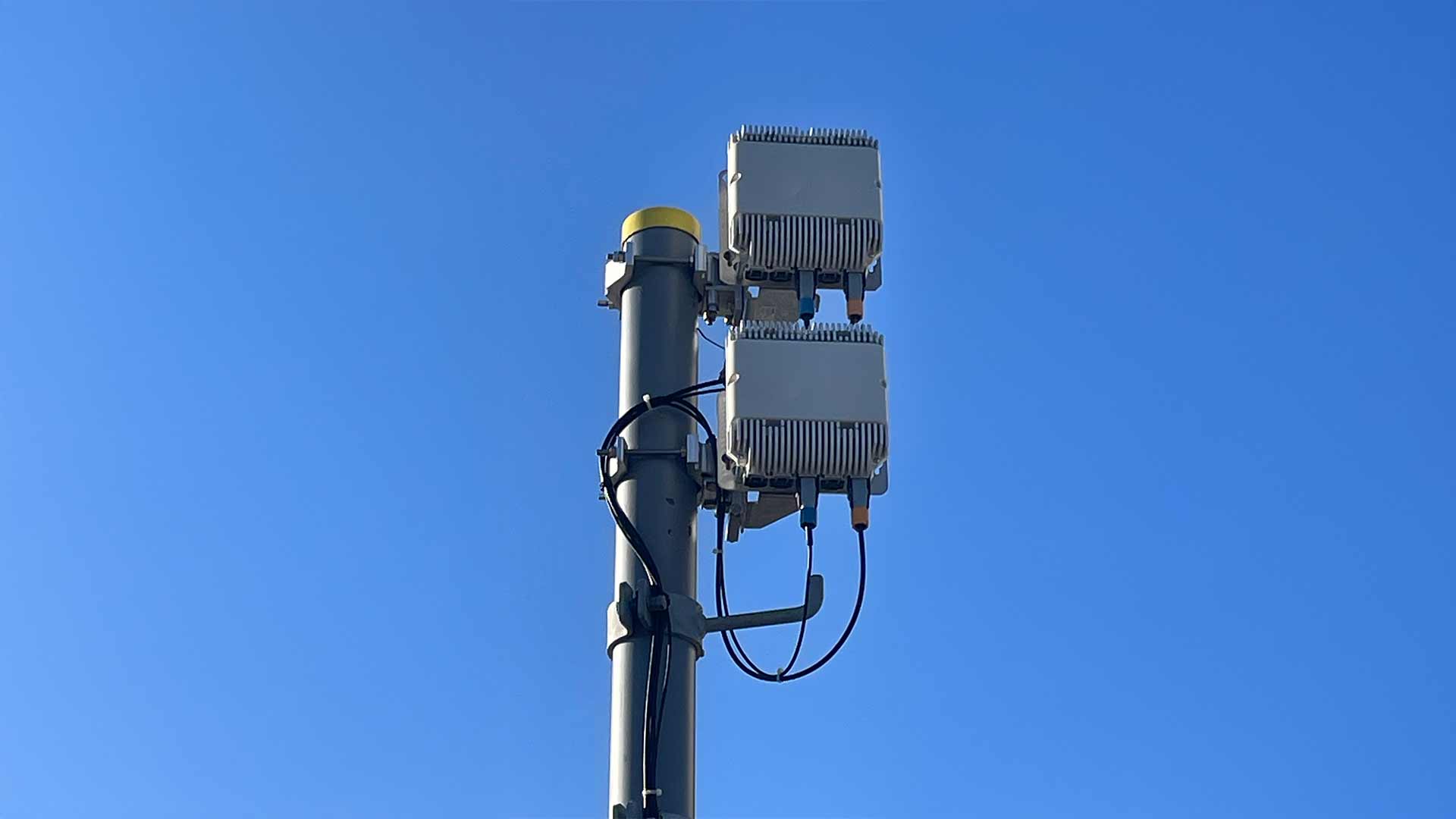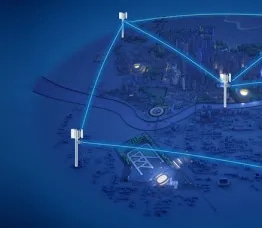Innovation for D-Band microwave transport: dual polar capacity boost

It was great to meet so many customers and partners at our annual user group event, WaveExperts 2025. I have been reflecting on how far we have come in redefining the future of wireless transport and how much potential still lies ahead.
Across the world, mobile network traffic continues to surge. It’s no longer just traditional broadband usage, but increasingly data generated by AI-enhanced applications and immersive content experiences. This exponential rise in data traffic is driving operators to deploy higher capacity everywhere, while also keeping cost efficiency and sustainability in focus. Wireless transport solutions provide a flexible and cost-efficient alternative to fiber.
Introducing dual polar, full-duplex wireless transport
At Nokia, we invest significantly in research and innovation to help our customers stay at the forefront of technological developments. Last year, we completed the world’s first full-duplex wireless transport trial using D-Band spectrum (130–175 GHz), paving the way for next-generation backhaul and fronthaul in dense urban environments.
D-Band microwave transport can provide high spectral efficiency in a compact form factor, ensuring robust 5G backhaul capacity and performance where it’s needed most.
Now, we have taken another major step forward: integrating dual polar operations into our D-Band full-duplex prototype, built on Nokia’s commercial Wavence Ultra-Broadband Transceiver platform.
For operators, the benefits of this industry-first solution are clear:
- Unlock massive new capacity without laying fiber
- Lower cost per bit through higher spectral efficiency
- Simplify rollouts with compact, energy-efficient equipment ready for 6G evolution.
How does dual polarization work with full duplex?
Dual polarization enables the antenna to simultaneously send and receive signals in horizontal and vertical polarization planes within the same frequency channel. This effectively doubles the capacity without requiring additional spectrum.
Our breakthrough combines the dual-polar operations with the full-duplex system, enabling a fourfold capacity increase compared to earlier solutions.
In practice, our compact D-Band radio solution paves the path to the next level, toward 25 Gbps in each direction over a single 2 GHz channel. This means scaling up to 50 Gbps with a traditional FDD license (2 + 2 GHz channel).
Shaping the future of wireless transport
With dual polarization now part of the equation, our D-Band microwave transport solution sets a new benchmark for what’s possible in wireless transport. We expect the first commercial D-Band deployments to start between 2028 and 2030, delivering higher capacity, lower costs and outstanding user experiences.
To learn more about our D-Band innovations and how they can transform your network, connect with our experts and visit our microwave transport webpage.
Let’s continue shaping the future of wireless transport together!





